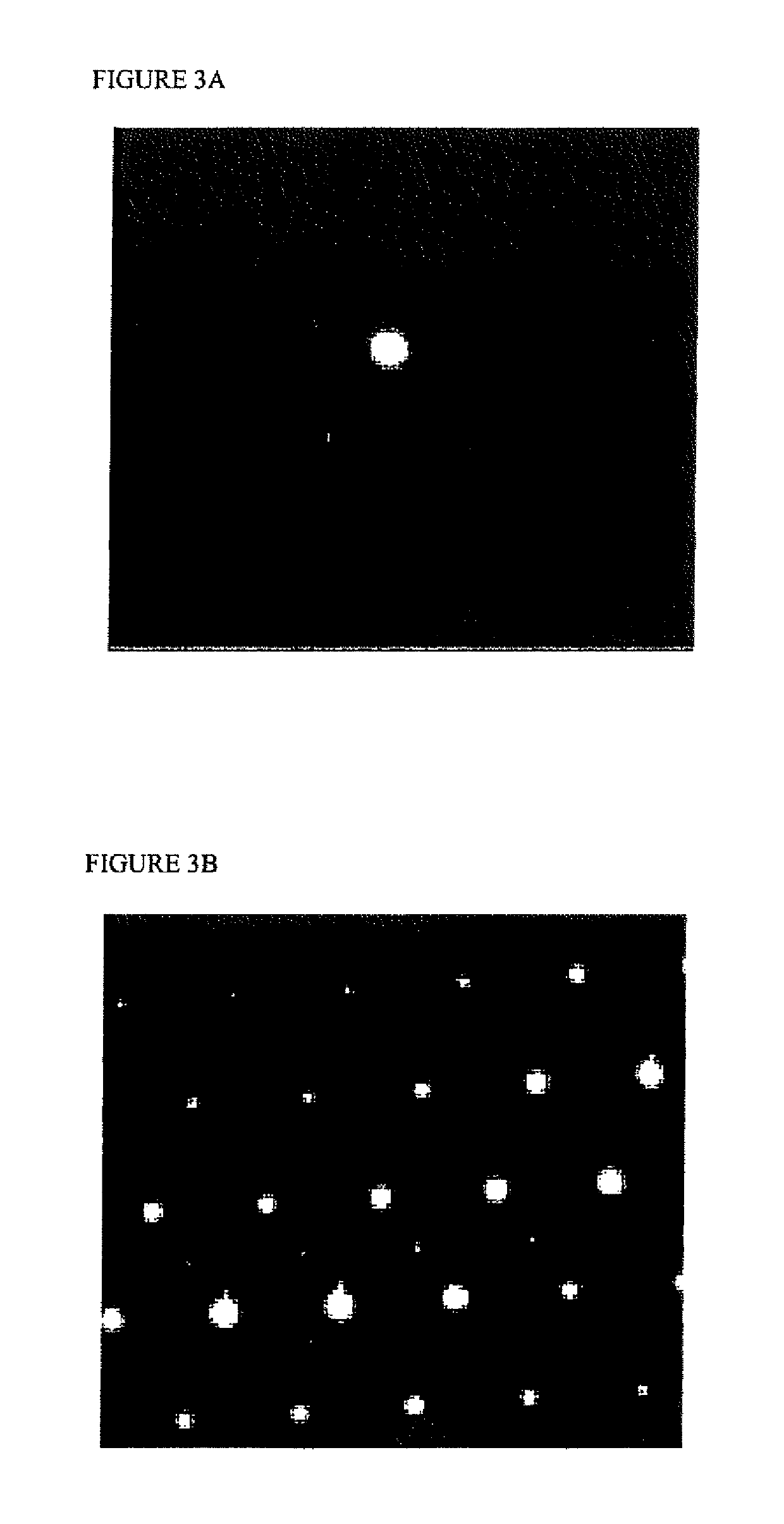Titanium product, separator, and proton exchange membrane fuel cell, and method for producing titanium product
a technology of proton exchange membrane and separator, which is applied in the direction of final product manufacturing, sustainable manufacturing/processing, superimposed coating process, etc., can solve the problems of low mechanical strength, reduced conductivity of the surface of a separator consisting of metal-based materials, and reduced conductivity, so as to reduce the contact resistance between the titanium product and the anode or cathode, the effect of low contact resistance of the titanium produ
- Summary
- Abstract
- Description
- Claims
- Application Information
AI Technical Summary
Benefits of technology
Problems solved by technology
Method used
Image
Examples
example
[0122]To confirm the effect of the present invention, samples of titanium products were fabricated by the following method and were evaluated.
1. Fabrication of Titanium Products
[0123]Prepared titanium plates (foils) were those which had been rolled to a thickness of 0.1 mm and thereafter annealed. Each of the titanium plates was subjected to press working so as to include groove-shaped gas channels having a width of 2 mm and a depth of 1 mm formed on both surfaces (an anode side and a cathode side) thereof, and thereby became ready to be used as a separator.
[0124]After the press working, every titanium product was subjected to the surface treatment using acid, the heat treatment under the low-oxygen-partial-pressure atmosphere, and the heat treatment under the high-oxygen-partial-pressure atmosphere. Table 1 shows materials used (types of titanium products as base materials (types specified in JIS H 4600)) and heat treatment conditions.
[0125]
TABLE 1FirstSecondNoble metalCoverage ofT...
PUM
| Property | Measurement | Unit |
|---|---|---|
| thickness | aaaaa | aaaaa |
| thickness | aaaaa | aaaaa |
| pressure | aaaaa | aaaaa |
Abstract
Description
Claims
Application Information
 Login to View More
Login to View More - R&D
- Intellectual Property
- Life Sciences
- Materials
- Tech Scout
- Unparalleled Data Quality
- Higher Quality Content
- 60% Fewer Hallucinations
Browse by: Latest US Patents, China's latest patents, Technical Efficacy Thesaurus, Application Domain, Technology Topic, Popular Technical Reports.
© 2025 PatSnap. All rights reserved.Legal|Privacy policy|Modern Slavery Act Transparency Statement|Sitemap|About US| Contact US: help@patsnap.com



